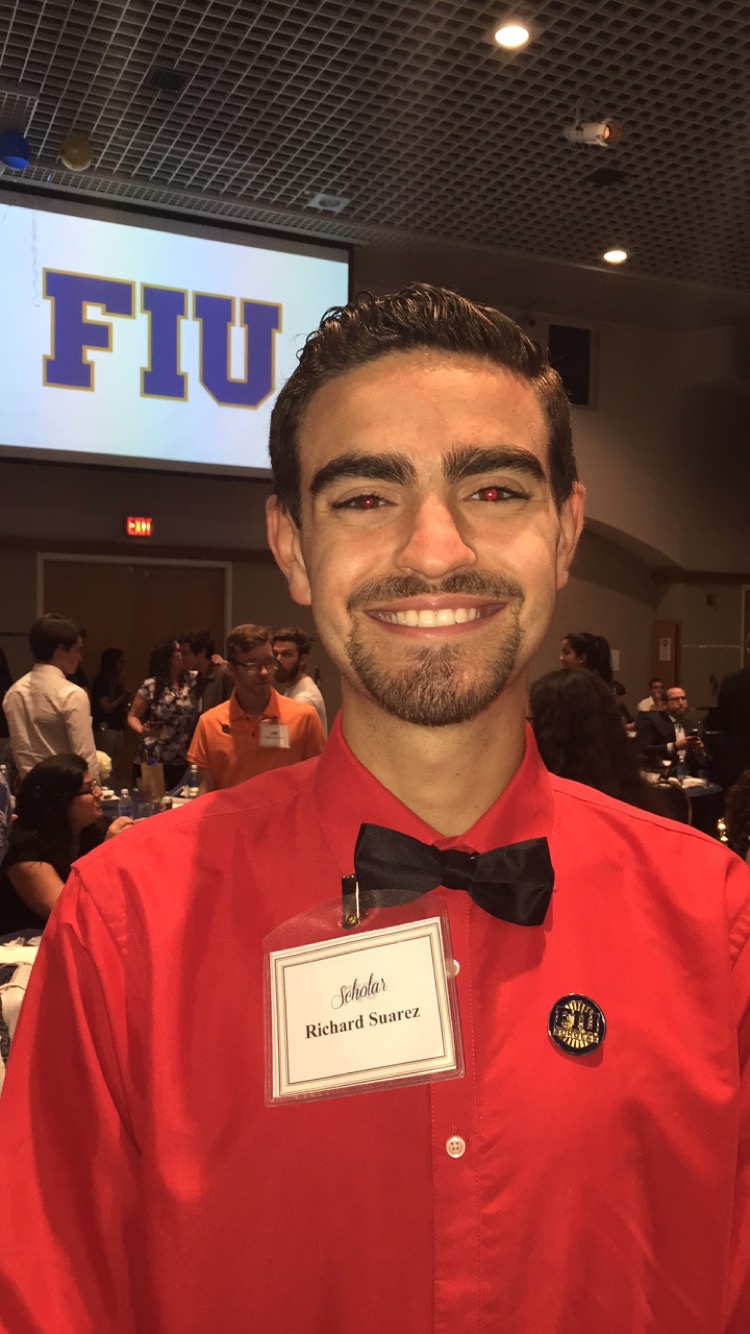Below is a summary of the abstract you submitted. Presenting author(s) is shown in bold.
If any changes need to be made, you can modify the abstract or change the authors.
You can also download a .docx version of this abstract.
If there are any problems, please email Dan at dar78@pitt.edu and he'll take care of them!
This abstract was last modified on May 11, 2017 at 3:50 p.m..

Bacteriophages are viruses that utilize specific bacteria as their hosts. The study of bacteriophage genomics is important for understanding the effects that these viruses have on their host. Functional annotations also contribute to the classification of phages and identification of potential virulence factors, which can in turn assist in the identification of bacteria. Wooty is a Bacillus cereus phage with a genome that is 165,832 base pairs long, an unusually large genome among phages including phage Phamous with a genome that is 51,310 base pairs long. Given that half of Wooty's open reading frames were in the forward direction and the other half were in the reverse direction, in addition to the presence of eighteen tRNAs, it was hypothesized that Wooty might contain two intact phage genomes. Wooty was most similar to Bacillus phages BM10 and Bcp1 based on whole genome BLASTs and individual gene BLASTs. PHAST revealed that all three genomes were composed of multiple regions identified as distinct, intact phage genomes, indicating that Wooty, BM10, and Bcp1 share a largely conserved genomic architecture. Notably, of the two hundred and sixty-two ORF's examined in Wooty as well as the one hundred and one ORF's in Phamous, three putative HNH endonucleases were found in Wooty and five in Phamous. HNH endonuclease is a type of enzyme that creates “nicks” (a single-stranded cleavage) in the genomic DNA and functions at specific recognition sites along the genome due to the DNA-recognition domains in addition to the HNH motif allowing for the high sequence specificity. It also works alongside other components to form selfish genetic elements—these enhance their own transmission relative to the rest of an individual’s genome, but are neutral or harmful to the individual as a whole. These elements are commonly found in phage genomes as they serve as a form of defense, which may explain why phage defense systems are so diverse. The examination of the function, associations and mechanisms of HNH endonucleases allow us to better understand their persistence in a variety of biological systems.


